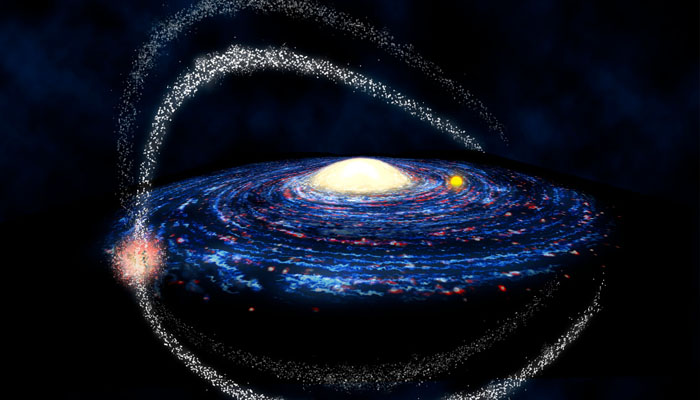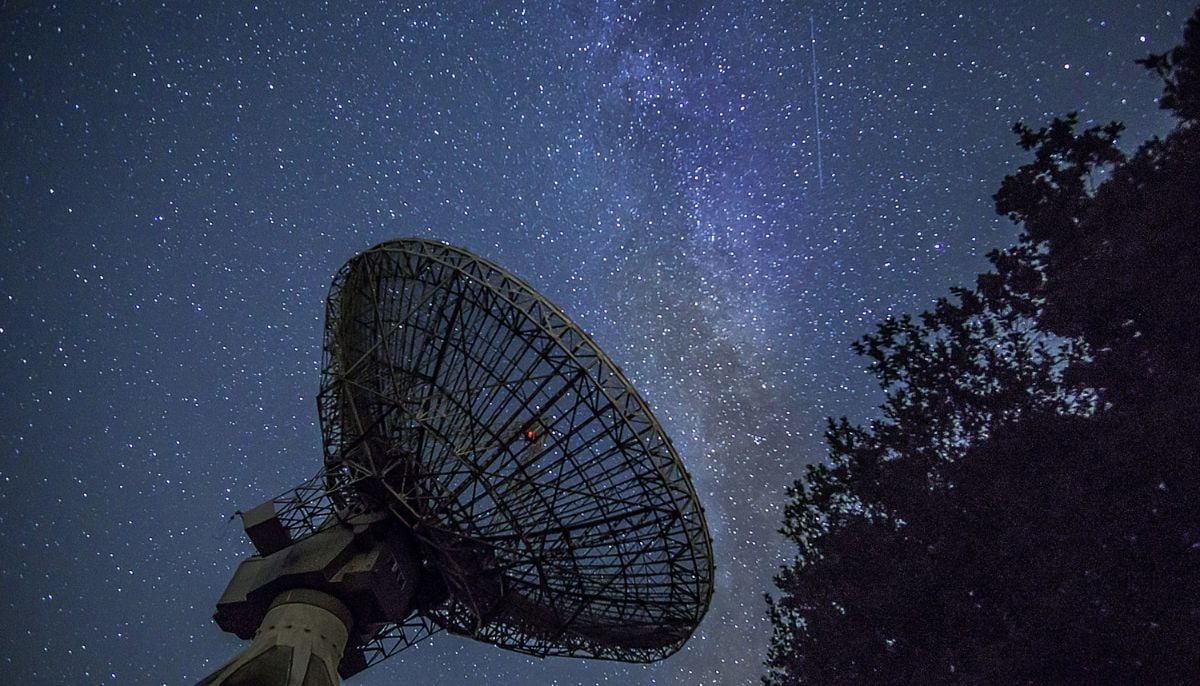Gaia spacecraft reveals dwarf galaxies unaffected by dark matter
Dwarf galaxies surrounding Milky Way have long been considered as old satellites circling around for 10 billion years
Recent data from the Gaia spacecraft challenge long-held beliefs about the nature and composition of dwarf galaxies, suggesting that they are more transitory and less affected by dark matter than previously thought.
In contrast to old popular beliefs, a recent study has discovered evidence that suggests the majority of dwarf galaxies may actually be annihilated shortly after entering the Galactic halo.
An international team has recently shown that dwarf galaxies may be out of equilibrium according to the most recent catalogue from ESA's Gaia spacecraft.
The findings raise significant doubts about the traditional cosmological model, especially regarding the abundance of dark matter in the closest surroundings.
The dwarf galaxies surrounding the Milky Way have long been thought to be old satellites that have been circling our galaxy for almost 10 billion years.
This meant that in order to shield them from the tremendous tidal forces brought on by our galaxy's gravitational pull, they had to be extremely dense in dark matter.
The significant variations in star velocities inside these dwarf galaxies were also thought to be driven by dark matter.
Remarkably, most dwarf galaxies have orbitals that are significantly larger than the Sagittarius dwarf galaxy, which entered the halo 5–6 billion years ago. This suggests that the majority of dwarf galaxies are quite new, having formed less than three billion years ago.
-
Blood Moon: When and where to watch in 2026
-
Elon Musk’s Starlink rival Eutelsat partners with MaiaSpace for satellite launches
-
Blue Moon 2026: Everything you need to know
-
Scientists unravel mystery of James Webb’s ‘little red dots’ in deep space
-
ISS crew of four completes medical evacuation with safe splashdown off California
-
Annular solar eclipse 2026: Here's everything to know about the ‘ring of fire’
-
World’s first ice archive created to preserve fast-melting glaciers’ secrets
-
NASA, DOE to develop Nuclear Reactor on the Moon by 2030












